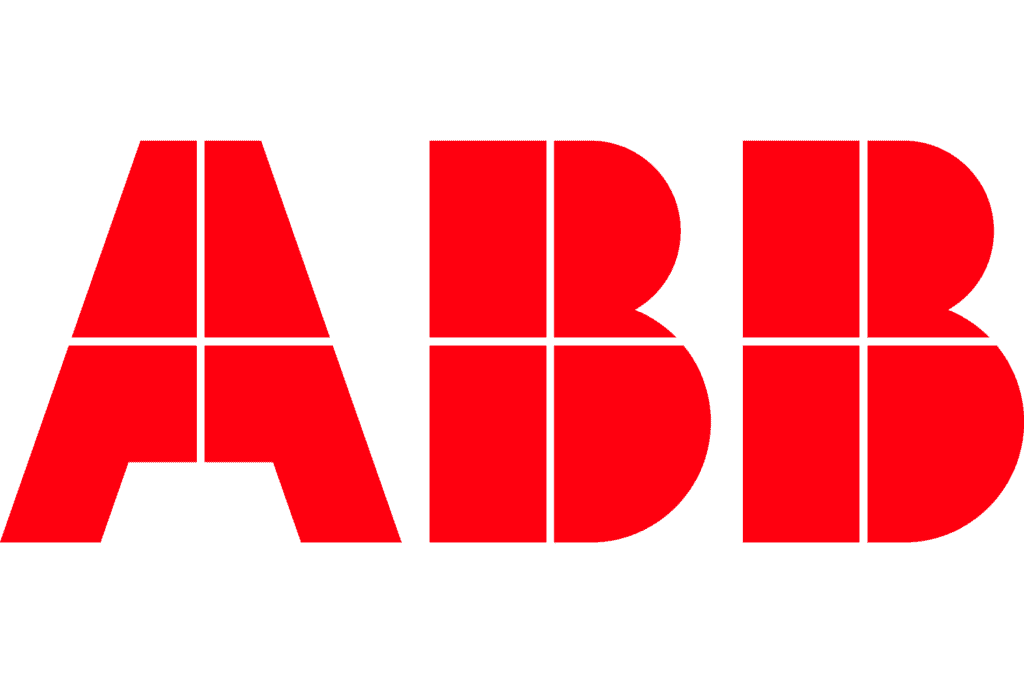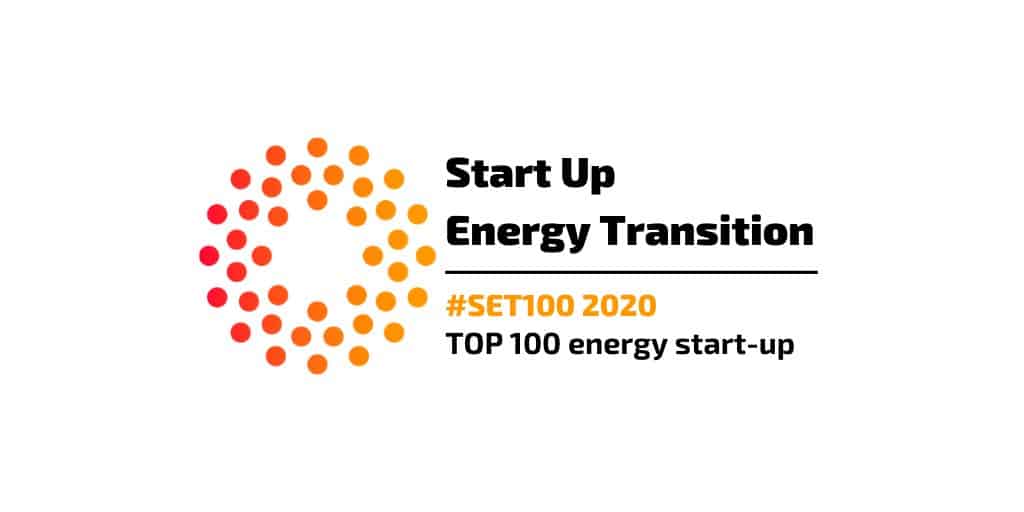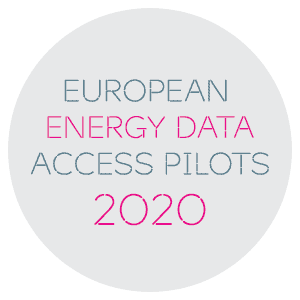 The EU Data Act and what it means for OEMS
The EU Data Act and what it means for OEMS
30.11.2023
What is the EU Data Act?
The EU Data Act (regulation on harmonised rules on fair access to and use of data), proposed by the European Commission in February 2022, will play a significant role in Europe’s digital transformation going forward. The Data Act has now been adopted and is expected to be published in the next few days. As an EU Regulation, the provisions of the Data Act are binding and directly applicable in all Members States and will apply from 20 months from the date of entry into force.
The Data Act will provide a framework for data access and data sharing and aims to make more data available for companies and consumers, and to ensure fairness regarding the distribution and use of this data. According to the European Commission, the main objective of the Data Act is “to make Europe a leader in the data economy by harnessing the potential of the ever-increasing amount of industrial data, in order to benefit the European economy and society”. The Commission states that “the strategy for data focuses on putting people first in developing technology and defending and promoting European values and rights in the digital world” and emphasises that the Data Act is “a key pillar of the European strategy for data”.
An essential part of this act for the average citizen is regarding the data generated by Internet of Things (IoT) devices, such as electric vehicles or smart home devices. IoT appliances are smart devices that can connect to the internet and independently communicate in real time with other devices or apps within the IoT network. When someone purchases an item from a store, they become the legal owner of that physical item. The situation with digital data from connected devices and who owns or uses it, however, has always been more complicated, and the new act aims to create clarity here.
- The new Data Act (Art. 3(1)) mandates that all connected products should be designed and manufactured in such a manner that the product data, including the relevant metadata, is, where relevant and technically feasible, by default directly accessible to the user easily, securely and free of charge in a comprehensive, structured, commonly used and machine-readable format – (i.e. not only accessible to the owner, but also to the one leasing the product, for instance). This particular obligation will apply from 32 months after the date of entry into force.
- It also stipulates (in Art. 4) that where data cannot be accessed directly by the user of the connected product or related service, data holders should make accessible the data to the user, free of charge and in real-time. This means that, after the date of application (~last quarter of 2025), the manufacturers of these devices must provide users with free access to the data produced by those devices.
- In addition, upon request by the user (or by a party acting on behalf of the user), that data should also be made available to third parties and such a request should be free of charge to the user (see Art. 5). The act also specifies the obligations of third parties receiving the data at the request of the user, e.g. they can only use it for the purposes and conditions agreed with the user and subject to relevant EU law on data protection (see Art. 6). However, making data available to third parties (data recipient under Art. 5) must not necessarily be for free, and the act provides conditions as well as rules regarding compensation (Art. 8 and 9).
Finally, while specific obligations for making available data in Union legal acts that entered into force on or before the date of entry into force of the Data Act will remain unaffected, these harmonised rules should impact the update of existing or new Union sector legislation.
What other enabling EU framework is out there?
In the meantime, recent EU legislation is already paving the way towards accessing and sharing of data from connected devices.
For instance, the recently revised Renewable Energy Directive (RED, Directive (EU) 2023/2413) not only mandates a Union target for 2030 of at least 42,5% of share from renewables in the gross final energy consumption. It also asks Member States to (Art. 20a(3)):
- ensure that manufacturers of domestic and industrial batteries enable real-time access to basic battery management system information to battery owners and users and third parties acting on their behalf.
- adopt measures to require that vehicle manufacturers make available in real-time in-vehicle data to EV owners and users as well as third parties acting on their behalf.
We can find similar provisions for instance in the proposed revision of the Energy Performance of Buildings Directive (EPBD), asking Member States (Art. 14) to ensure that building owners, tenants and managers can have direct access to their buildings system’s data (inc. data from building automation and control systems, meters and charging points for e-mobility).
The recently proposed reform of the Electricity Market Design also asks Member States (Art. 7b) to allow transmission system operators and distribution system operators to use data from dedicated metering devices (submeters or embedded meters) for the observability and settlement of demand response and flexibility services.
Last but not least, as part of the Action Plan on the Digitalisation of the Energy System, there is a focus on the need to enable an EU framework for data access and sharing, namely via so-called EU energy data space(s). In that regard, the Commission announced the creation of an expert group (“Data for Energy” working group) that will support them in the definition of high-level use cases for data sharing (in particular for flexibility services for energy markets and grids, and smart and bi-directional charging for EVs) and in defining the governance of EU energy data space(s).
What does this mean for OEMs/manufacturers?
The new Data Act ultimately means that the European Union is going to impose upon OEMs/manufacturers to make the data of their appliances available to the user for free in a machine-readable format (ie: an application programming interface or API to extract or share data). To enable access to the data, manufacturers will therefore need to build interfaces to give consumers (or companies) the opportunity to download or read this data. Some OEMs, such as SMA Solar, BMW and Mercedes-Benz, are ahead of the game and have already been working on building this infrastructure over the past year or two. Others, however, have not yet dedicated resources to implementing this and will need to follow suit in the year to come. With the last quarter of 2025 deadline set, the remaining OEMs will find themselves under pressure to switch their focus to ensure they are compliant with the new legislation on time.
How can re.alto help those requiring access to this data?
re.alto works with IoT connectivity and acts as a connector between OEMs and third parties. While there was previously a question of whether OEMS would choose to offer access to this data, it is now being dictated by legislation, and their compliance is therefore mandatory. That ultimately means that the IoT technology is emerging, and each OEM will have to make their data machine-readable and create a suitable interface to share this data by 2025 at the latest. But while compliance in ensuring data is machine-readable is compulsory, the EU has not imposed a standard by which all OEMs must comply when implementing this. That means that each OEM will create their own kind of interface, with the API for each device or brand potentially differing greatly from the next. The result will be a jungle of different interfaces/APIs to integrate with, making it incredibly complicated for third parties to access the various data they require when building their own energy-as-a-service products.
That is where re.alto comes in. This recent evolution in EU legislation supports our vision and aligns with the services and solutions we are offering our customers. If you are building energy-as-a-service products or applications and want to be able to access energy data from various OEMs or devices, we can give you access via a single, standardised API. re.alto can create a path through this jungle of APIs, so you can use one single interface to communicate with them all. Whether you want to add electric vehicles or heat pumps to your solution, we can act as a standard interface for all of the energy-related transactions and connections, thus simplifying access to energy data for third party use.
Conclusion
The new EU Data Act, as well as other recent pieces of EU legislation, is shaking up IoT connectivity and putting pressure on manufacturers/OEMs to make their data machine-readable and available to the public sector and ultimately the end consumer. Going forward, the strategies of OEMs will no longer play a role in whether they choose to make this data available – legislation now dictates that they must comply. While compliance is mandatory, the EU has not set any standard for the resulting infrastructure. This means that data will be available via many very different kinds of APIs and interfaces, resulting in connectivity being complicated. To simplify all of this for third party use, re.alto translates everything into one standard API connection, regardless of the kind of device or its brand.
If you are building energy-as-a-service apps or solutions and want to know more about how we can help you access the data you require in the simplest way possible, don’t hesitate to reach out to us!

 The EU Data Act and what it means for OEMS
The EU Data Act and what it means for OEMS









